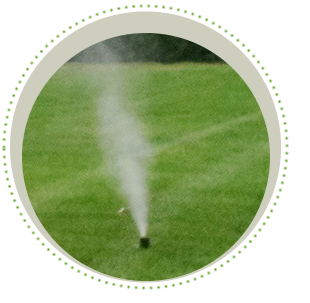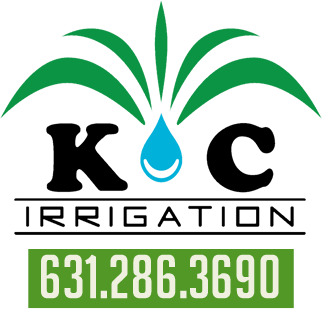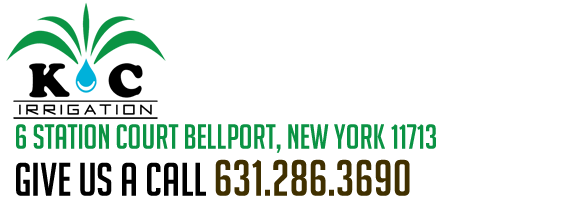
Winterizing your Irrigation System is IMPORTANT!
This service is not a method I recommend for amateurs. It is not a project for the average "do-it-yourselfer", or side - job contractor that runs around with a small compressor, on the back of his truck. One mistake and you will no longer own a fully functioning
sprinkler system. You will become the owner of cracked, split and buried plastic irrigation parts.

This job should be left to an Irrigation professional. Irrigation systems are winterized using compressed air. It is important to use a large compressor so, all water can be removed from the system.
Things that should not be used:
An air tank filled with compressed air or gas. Do not attempt to create more air flow by filling an air tank and then attempting to blow out the system with large bursts of air from the tank. This will pop the heads and destroy gaskets within the rotor or spray.
Smaller compressors are not sufficient! They are usually the compressors that you see non irrigation contractors using. Such as, side- job people, that are looking to make an extra buck in the fall. Your system may turn on in the Spring and operate fine. But don’t be fooled, if all the water was not throughly removed, you are destroying the longevity of the polyurethane piping and fittings that supply water to you irrigation heads. Resulting in extensive repairs.
For smaller residential irrigation systems (3/4" to 1" poly pipe) you will need at least 20 cubic feet per minute, (which really isn’t enough). These are the type of compressors that you see standing in the back of pick up trucks ( No Good ). Most experts recommend, 50 cubic feet per minute for a home sprinkler system. Professionals often use a large diesel powered compressor that can discharge over 125 cubic feet per minute of air and can blow out a pipe as large as 3" diameter. Pressure regulators are used for smaller irrigation systems delivering 30 to 50 psi to sprinkler heads, so that no damage is done.
We mention this important information above because, we like to educate the consumer on what we do along with other professional Irrigation contractors in the industry. Winterizing tends to start the middle of October through Thanksgiving. Normally scheduling is done by areas or towns. This helps us get done in a timely and efficient manner.
For smaller residential properties, there are ways to have an Irrigation system winterized, without inconveniencing you, the customer. This may help your Irrigation contractor also. The customer can turn the clock to the rain/off position and close down the main shut off valve for irrigation. This will allow the contractor to winterize the sprinkler system from the solenoid valves on the outside of the house. ( This may not be appropiate for every household. )

















